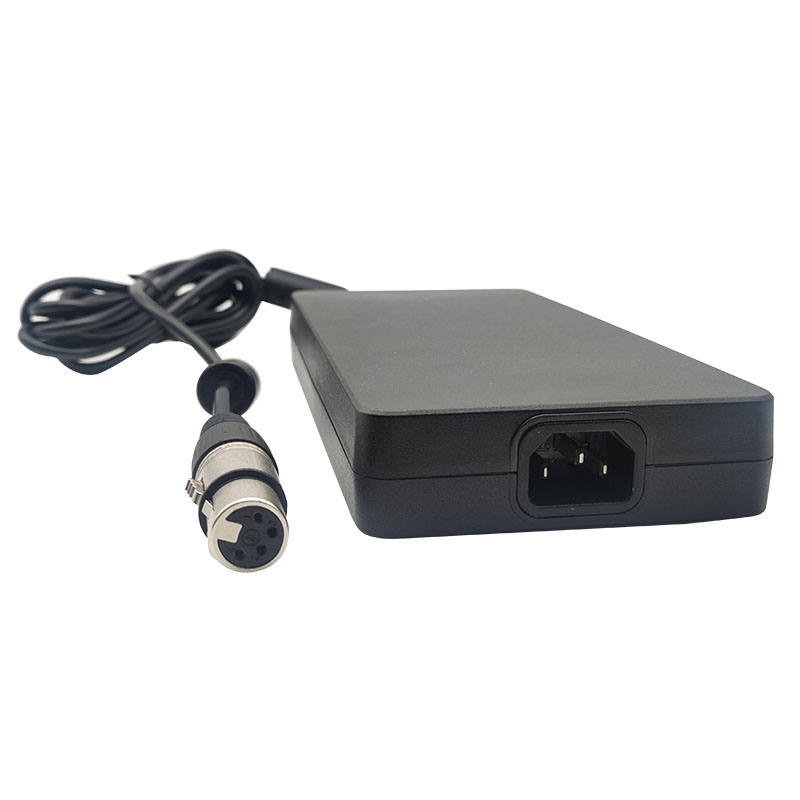Understanding AC-DC Power Adapters: Essential Components in Our Daily Life
2025-05-14
AC-DC power adapters are integral components that play a vital role in powering a wide range of electronic devices. From smartphones to laptops, from home appliances to industrial equipment, the importance of these adapters cannot be overstated. But what exactly is an AC-DC power adapter, and how does it function? Let’s explore this essential piece of technology in more detail.
What is an AC-DC Power Adapter?
An AC-DC power adapter, also known as a power supply or charger, is a device that converts alternating current (AC) from the power outlet into direct current (DC) that electronic devices can use. The alternating current from your home or office outlet typically runs at a frequency of 50 or 60 Hz, while most electronic devices require direct current to operate. This conversion is accomplished by the power adapter, making it an essential bridge between the electricity supplied by your power grid and the specific needs of your device.

Key Components of an AC-DC Power Adapter
An AC-DC power adapter consists of several components that work together to ensure proper power conversion:
1. Transformer: The transformer steps down the high voltage AC (typically 110V or 220V) from the power outlet to a lower voltage, suitable for the device.
2. Rectifier: The rectifier converts the AC voltage into pulsating DC. While this is not yet the smooth DC that the device needs, it forms the initial stage of the conversion.
3. Filter: After the rectifier, the filter smooths out the pulsating DC into steady DC by reducing the ripple that occurs during the conversion.
4. Voltage Regulator: Finally, the voltage regulator ensures that the output voltage remains constant, regardless of fluctuations in the input voltage or the load on the adapter.
5. Output Connector: The adapter usually includes a specific connector or cable that plugs into your device, allowing the DC current to flow efficiently.
Applications of AC-DC Power Adapters
AC-DC power adapters are used in a multitude of applications across various industries. Some of the most common include:
1. Consumer Electronics: Most consumer electronics such as smartphones, laptops, tablets, and TVs use AC-DC power adapters to charge and power their devices. These adapters ensure that the devices receive a stable DC voltage for efficient performance.
2. Medical Equipment: Many medical devices require a constant and reliable DC power source. AC-DC power adapters in this sector are designed to meet rigorous safety standards, ensuring that devices like respirators, monitors, and diagnostic equipment function properly.
3. Industrial Applications: In industries, AC-DC adapters are used to power machinery, control systems, and other specialized equipment. These adapters need to be durable and capable of handling the power demands of large-scale operations.
4. Automotive and Outdoor Equipment: AC-DC power adapters are also commonly found in automotive and outdoor applications, such as charging systems for electric vehicles, powering GPS devices, and outdoor lighting systems.
Types of AC-DC Power Adapters
AC-DC power adapters come in various types, catering to the needs of different devices. The primary differences lie in the voltage output, current capacity, and form factor. Some of the most commonly used types include:
1. Wall Plug Adapters: These are the most common type, with the adapter body itself plugged directly into the wall outlet. They are typically used for smaller consumer electronics like smartphones and cameras.
2. Desktop Adapters: Larger and bulkier than wall plug adapters, desktop adapters are often used for devices that require higher power, such as laptops and gaming consoles.
3. Modular Power Supplies: These adapters come with interchangeable cables and can be adjusted to fit various devices. They are more versatile and are commonly used in industrial and commercial settings.
Choosing the Right AC-DC Power Adapter
When selecting an AC-DC power adapter, it is crucial to ensure that the specifications match the requirements of the device. The most important factors to consider are:
1. Output Voltage: The output voltage of the adapter must match the voltage required by the device. A mismatch can cause the device to malfunction or even be damaged.
2. Current Rating: The current rating should also align with the needs of the device. While too much current isn’t usually a concern (since the device will only draw the current it needs), insufficient current can lead to poor performance or failure.
3. Connector Type: The physical connector of the adapter must fit the input port of the device. Some devices have proprietary connectors, while others use standard connectors like USB.
4. Efficiency and Safety: High-efficiency adapters generate less heat and consume less energy. Additionally, safety features such as overcurrent protection, short-circuit protection, and temperature monitoring are essential for preventing accidents and ensuring longevity.
Conclusion
AC-DC power adapters are essential components in our daily lives, enabling the smooth operation of a wide range of devices. Their ability to convert AC power from an outlet into the DC power required by modern electronics ensures that we stay connected, entertained, and productive. As technology continues to evolve, so too will the efficiency, safety, and design of these adapters, keeping pace with the growing demand for more reliable and sustainable power solutions.


